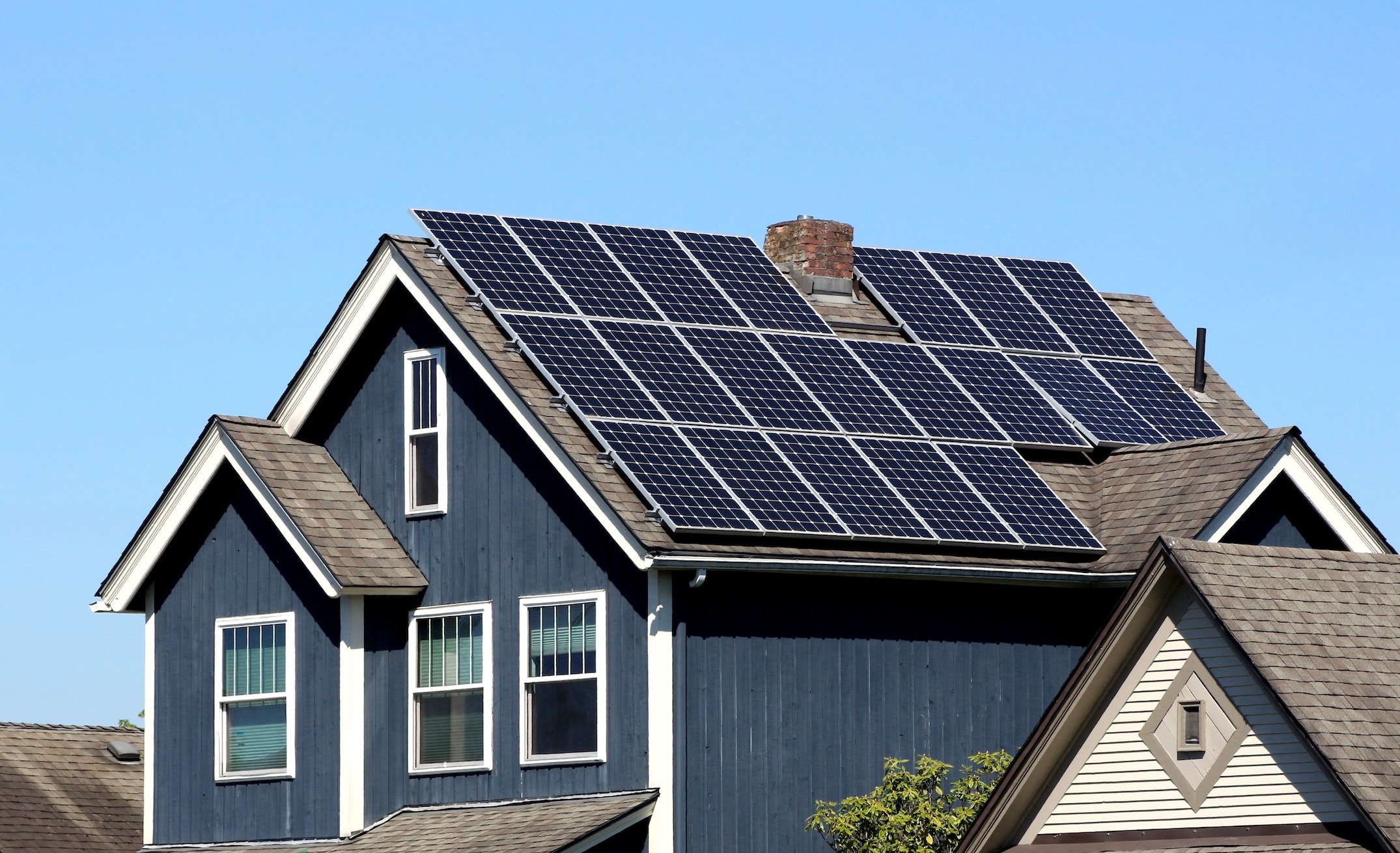Solar Battery Storage Explained: How Power Stays Active
6 Min Read
POSTED 02.10.2025
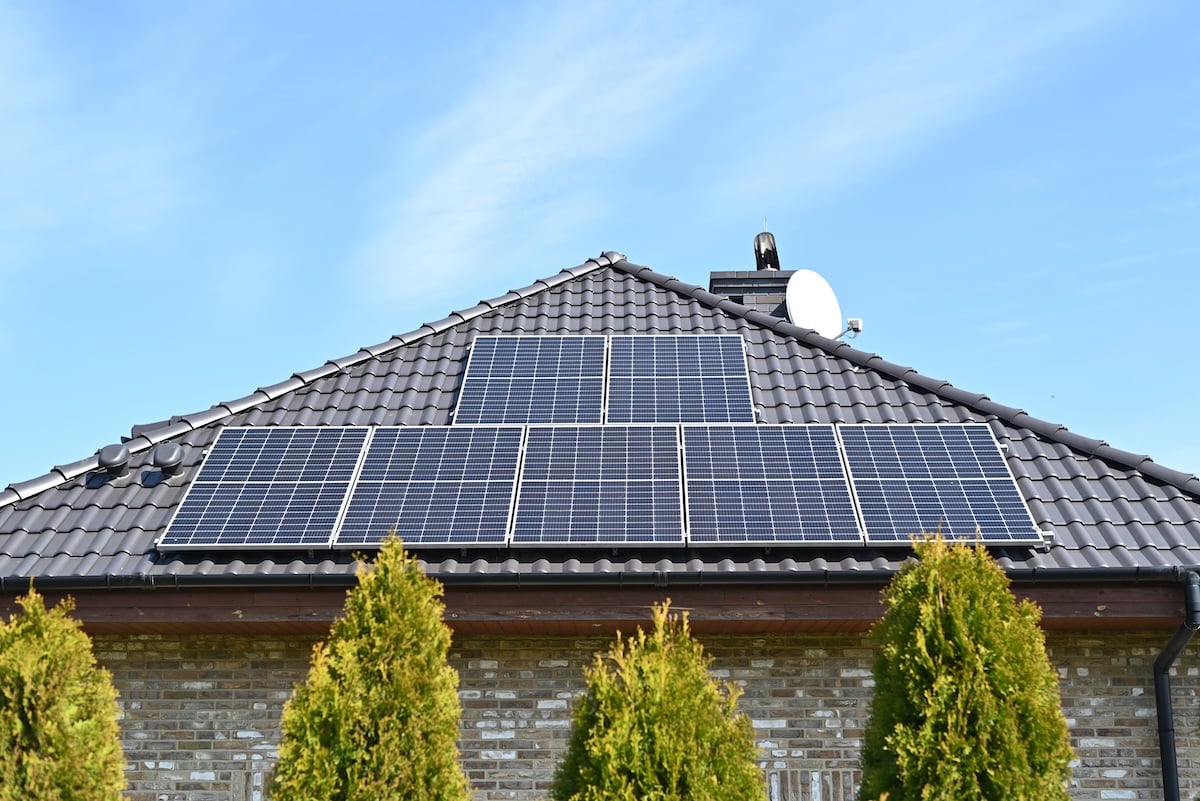
If you’ve ever considered adding solar to your home, you’ve likely wondered just how much energy a panel can really generate—and how that energy can power your home consistently. A big part of the equation comes down to solar battery storage, which ensures that the power your panels collect during the day doesn’t go to waste once the sun sets. Understanding both panel production and storage is key to deciding whether solar is the right investment for your household. For more details on installation and available options, you can explore residential solar solutions here.
Here’s what you’ll learn in this guide:
- The basics of how much energy solar panels typically generate
- Why battery storage matters for homeowners
- Step-by-step factors that influence solar production
- Practical insights, tips, and comparisons to help you plan
- When to call in the pros for guidance on the right system
🌞 Why Solar Energy Production and Storage Matter
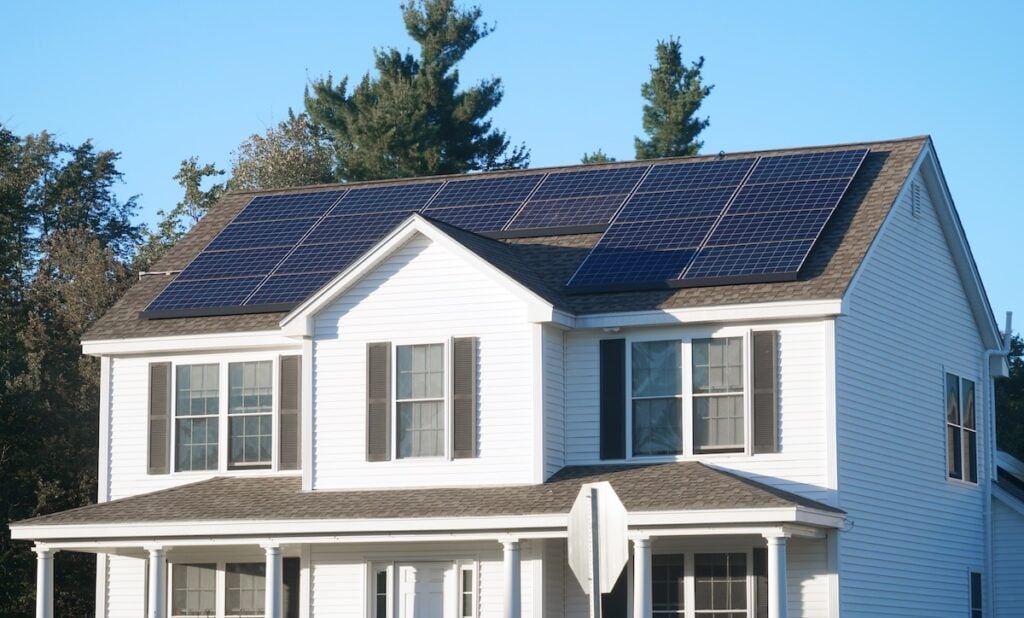
Solar panels can reduce your reliance on the grid, but their true potential is unlocked when paired with efficient storage. Without storage, excess energy often flows back to the grid. While net metering can provide credits, you lose the chance to use that power directly when you need it most.
Here’s why production and storage matter for homeowners:
- Energy Control: Capture and store your own power rather than depending entirely on utilities.
- Savings Potential: Lower your monthly electricity bills and protect against rising rates.
- Resilience: Keep essential appliances running during power outages or emergencies.
- Eco-Friendly Benefits: Rely more on renewable energy and reduce your household’s carbon footprint.
- Future Readiness: Pair solar with emerging technologies like EV chargers and smart home systems.
📐 5 Key Factors That Affect How Much Energy a Solar Panel Produces
The actual output of solar panels depends on multiple conditions. Below is a breakdown of the most influential factors so you can better understand what to expect.
1. Panel Wattage Rating
Each solar panel has a power capacity, often ranging from 250 to 400 watts. This rating indicates how much energy the panel can produce under ideal sunlight. Higher-wattage panels generate more electricity in the same amount of space, making them popular for homes with limited roof area.
- Standard range: 250–350 watts
- Premium range: 360–400+ watts
2. Sunlight Hours Per Day
The number of “peak sun hours” your region receives directly impacts production. A peak sun hour equals one hour of direct sunlight at 1,000 watts per square meter. Wisconsin, for example, averages 4–5 peak sun hours per day, while sunnier states may average 6–7.
- More sun hours = more electricity generated
- Shaded or cloudy conditions reduce daily output
3. Roof Orientation and Angle
The way your roof faces influences solar performance. South-facing roofs typically deliver the most consistent results, while east- or west-facing panels produce slightly less. The angle of the panels also matters—installers often optimize the tilt to match your latitude.
- South-facing = optimal in the northern hemisphere
- East/west = still viable, just less efficient
4. Seasonal Changes
Production isn’t constant throughout the year. Longer summer days yield more electricity, while shorter winter days naturally produce less. That’s why storage becomes so valuable—batteries help bridge the gap between daily and seasonal fluctuations.
- Summer months: highest output
- Winter months: lower but still functional output
5. Efficiency and System Losses
No system is 100% efficient. Wiring, inverters, and temperature variations all cause minor energy losses. Most modern systems operate at about 80–90% of their theoretical maximum. Choosing high-quality components reduces these losses and maximizes overall efficiency.
❓ FAQs Homeowners Ask About Solar Panel Production
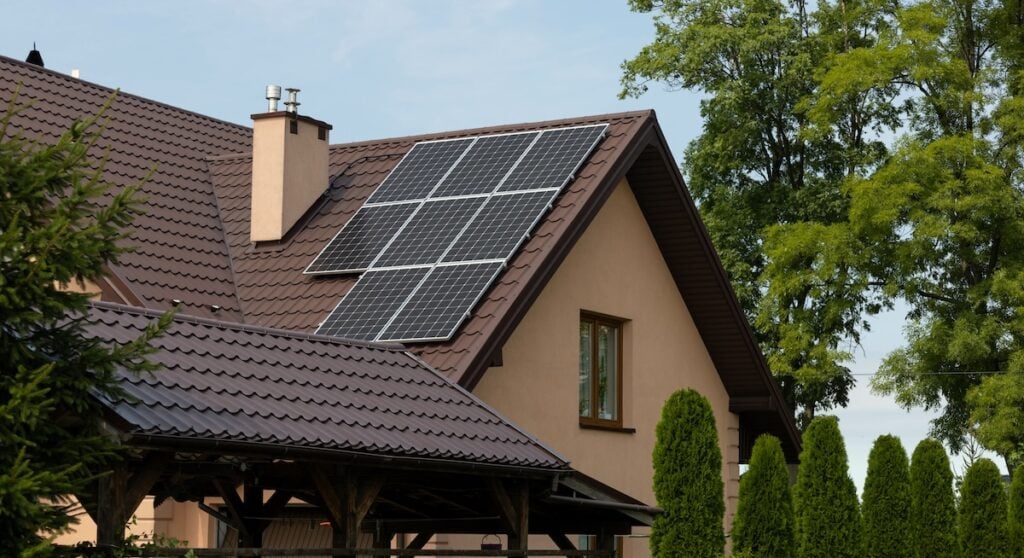
Homeowners often want practical, real-world answers before committing to solar. Below are common questions and insights:
How Many Panels Do I Need to Power My Home?
It depends on your household’s energy usage. An average U.S. household consumes about 10,500 kWh annually. With panels producing 300 watts each and averaging 1.5 kWh daily output, most homes need 20–30 panels to cover full usage.
Can Solar Panels Work on Cloudy Days?
Yes, though at reduced capacity. Panels can still generate 10–25% of their typical output under cloud cover, depending on conditions.
What Happens to Extra Energy I Don’t Use?
If you have battery storage, the excess is saved for later. Without storage, most states allow net metering, which credits you for the energy sent back to the grid.
How Long Do Solar Panels Last?
Panels typically last 25–30 years, though their output gradually declines over time. Most manufacturers guarantee at least 80% efficiency at 25 years.
Do Solar Panels Need Maintenance?
Minimal upkeep is required. Annual inspections and occasional cleaning keep panels operating at peak performance.
🔋 Maximizing the Value of Solar Battery Storage
While panel production is crucial, battery storage is the piece that ensures your investment works seamlessly for your lifestyle. Without it, you may rely on the grid more than you’d like.
Benefits of Adding Storage
- Round-the-Clock Power: Use solar energy even at night.
- Emergency Preparedness: Maintain essential functions during outages.
- Cost Management: Avoid paying peak utility rates by using stored energy.
Tips to Make the Most of Batteries
- Track Usage: Use apps to monitor your battery’s charge and discharge cycles.
- Time Appliances: Run energy-intensive appliances during peak sun hours.
- Layer Efficiency: Pair storage with efficient HVAC, insulation, and LED lighting.
Choosing the Right Battery Type
- Lithium-Ion: Most common, efficient, and long-lasting.
- Lead-Acid: Less expensive upfront but shorter lifespan.
- Flow Batteries: Best for large-scale use, less common in homes.
🏠 Comparing Solar Panels and Battery System Energy Storage Investments
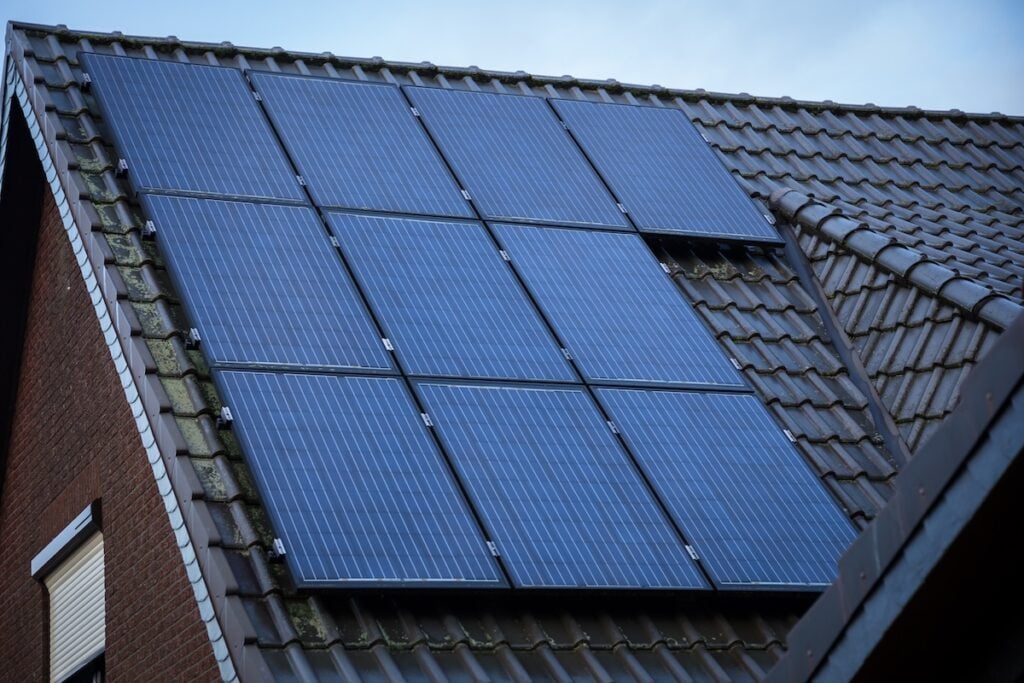
Homeowners often ask whether it’s better to invest in more panels or in battery storage. The right answer depends on your priorities.
| Feature | More Panels | Battery Storage |
| Purpose | Increase daily production | Extend usability of generated power |
| Cost | Moderate upfront | Higher upfront |
| Savings Impact | Lowers bills steadily | Maximizes self-consumption, lowers peak charges |
| Resilience | Relies on grid at night | Provides power during outages |
| Longevity | 25–30 years | 10–15 years (battery replacement cycle) |
For many households, a balanced system of both panels and storage offers the best long-term performance and security.
📲 Ready to Learn More About Solar for Your Home?
Knowing how much energy solar panels produce and how storage can maximize their impact helps you make informed choices for your home’s future. With the right system, you’ll save money, reduce your carbon footprint, and enjoy greater energy independence.
If you’d like to explore customized solar options for your home, don’t wait—contact us today to schedule a consultation with our team of experts.
Let’s Get Started
Fix Your Roof the Badger Way
Got a question? Want to learn more about your options when it comes to caring for your home exterior? Our team is standing by with the information you need to start you roof replacement project today!

